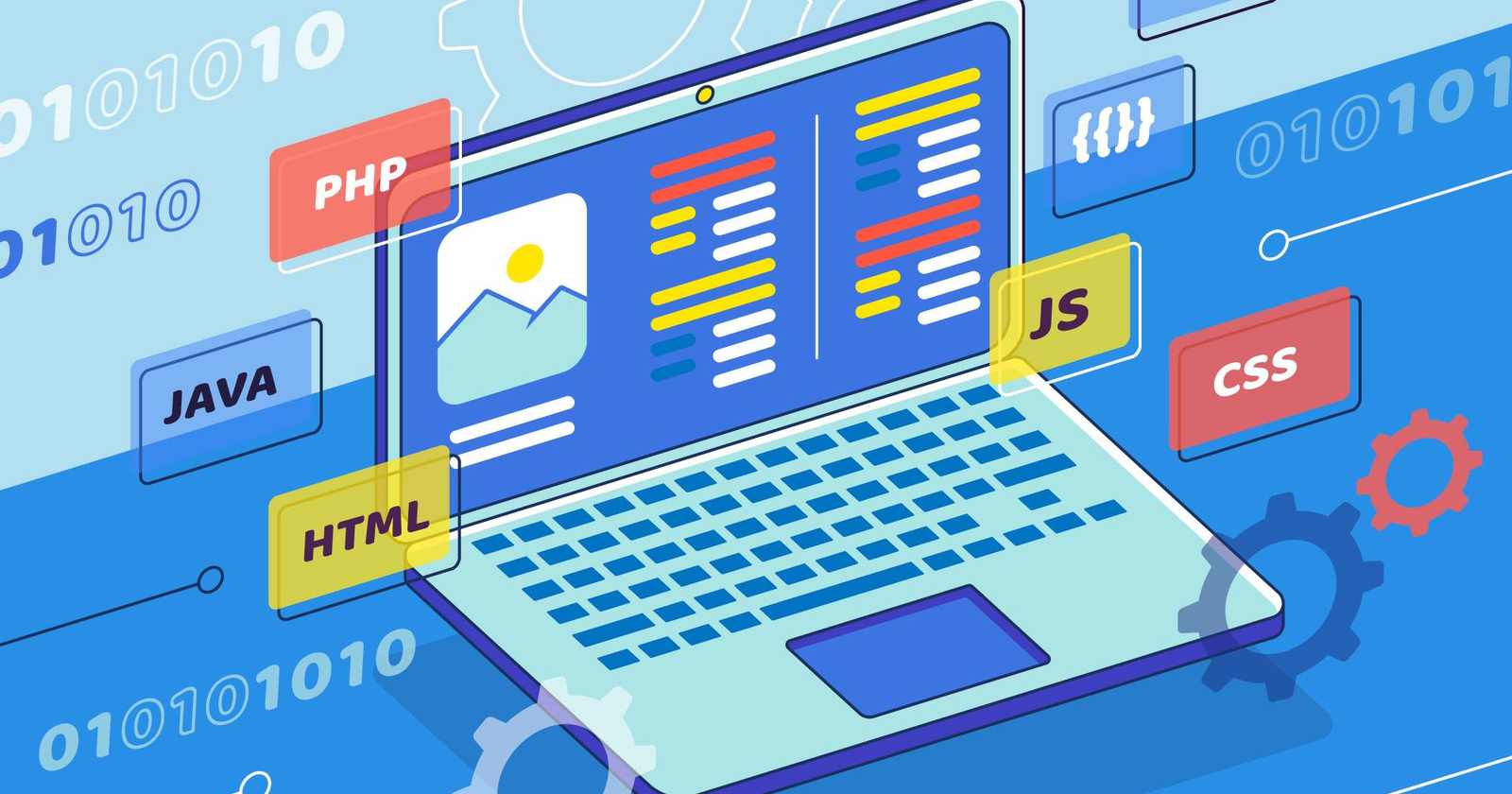Extreme Programming: A Simple and Effective Way to Develop Software
 Md Nayeem
Md Nayeem
Extreme Programming (XP) is a software development method that focuses on delivering high-quality software that meets the needs of the customers. The four pillars of XP are feedback, courage, communication, and simplicity. XP also follows a set of practices that help developers work together effectively and efficiently.
Why use Extreme Programming?
XP has many benefits for software development, such as:
Reducing risks: XP helps avoid common problems such as changing requirements, low quality, missed deadlines, and unhappy customers. By working in short iterations, getting frequent feedback, and testing constantly, XP ensures that the software is always working and meeting the expectations of the customers.
Increasing productivity: XP helps developers work faster and smarter by eliminating waste, simplifying design, and automating tasks. By following a common set of rules, XP also reduces conflicts and confusion among the team members.
Improving satisfaction: XP helps developers and customers enjoy the software development process more by fostering collaboration, trust, and respect. By delivering valuable software frequently, XP also creates a sense of achievement and pride for the team.
How to do Extreme Programming?
XP involves five phases: exploration, planning, iterations, production, and maintenance. Each phase has a specific purpose and a set of activities. Each step is summarized as follows:
Exploration: The goal of this phase is to understand the problem and the solution. The developers and the customers work together to define the scope, the features, and the priorities of the project. The developers also write some tests and prototypes to validate their assumptions and learn more about the technology.
Planning: The goal of this phase is to plan the work and the schedule. The developers and the customers break down the features into small and manageable tasks, called user stories. The developers estimate the effort and the duration of each user story, and the customers decide which user stories to include in the next iteration. The developers and the customers also agree on the acceptance criteria and the definition of done for each user story.
Iterations: The goal of this phase is to deliver working software every one or two weeks. The developers work in pairs, following a set of practices such as test-driven development, refactoring, continuous integration, and collective ownership. The developers also communicate constantly with the customers and each other, using tools such as daily stand-ups, pair programming, and code reviews. The customers provide feedback and suggestions, and test the software regularly.
Production: The goal of this phase is to deploy the software to the real users and the real environment. The developers and the customers ensure that the software is ready for production, by performing final tests, checks, and reviews. The developers also automate the deployment process, using tools such as continuous delivery and DevOps.
Maintenance: The goal of this phase is to keep the software running and improving. The developers and the customers monitor the performance, the usage, and the feedback of the software. The developers also fix bugs, add enhancements, and refactor the code, following the same practices as in the iterations.
Conclusion
Extreme Programming is a simple and effective way to develop software that meets the needs of the customers. By following the four values and the set of practices of XP, developers can reduce risks, increase productivity, and improve satisfaction. XP is not a rigid or fixed method, but a flexible and adaptable one, that can be tailored to different situations and projects. XP is not only a way to develop software, but also a way to enjoy software development.
Image by Freepik
Subscribe to my newsletter
Read articles from Md Nayeem directly inside your inbox. Subscribe to the newsletter, and don't miss out.
Written by
